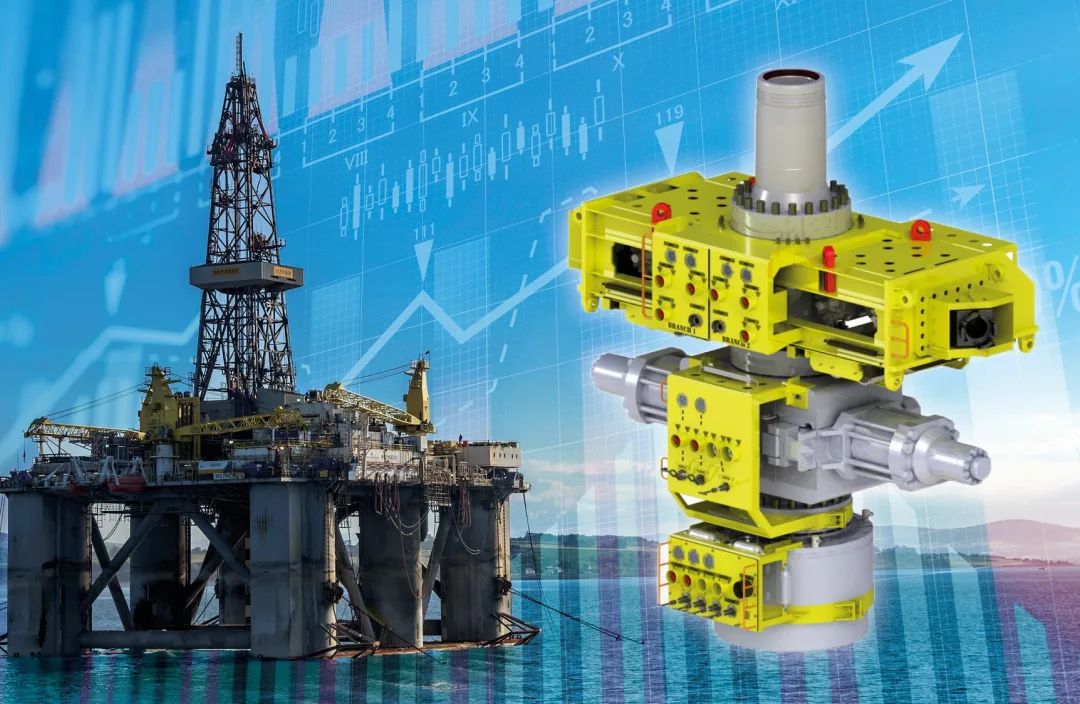Drilling and extraction of hydrocarbons is a complex and risky process, and operators must have robust safety assurance and contingency measures in place to mitigate danger, efficiently respond to any incidents and reduce the personal, business and environmental impact if an uncontrolled release were to occur.
In certain regions of the world, and for some operators, regulations and internal procedures mandate that fields cannot be developed unless the operator can demonstrate that the well can be intercepted and controlled via a single relief well drilling operation, as opposed to multiple relief wells, which is usually the norm.
To help operators achieve and demonstrate single relief well contingency, AGR and Trendsetter Engineering partnered to co-develop the world’s only single relief well injection spool (the RWIS), which enables an uncontrolled release to be killed via a single relief well efficiently and effectively.
In this blog, Trendsetter Engineering’s Technical Director provides insights on how the RWIS works when it is put into action, and details how cost and production optimization opportunities can be unlocked when you secure access rights to the hardware.
Why is it important to achieve single relief well contingency?
Historically, the process of intercepting and controlling an uncontrolled well has relied on multiple relief well drilling, which requires excessive resources and time, with low success rates mainly due to the complexity, and availability of resources (drilling rigs, equipment) in the region to support this type of operation.
Single relief well drilling using the RWIS minimizes the risks and costs associated with a relief well intercept because:
- With access to higher injection rates, a shallower intercept can be achieved due to the flow and pumping capacity of the RWIS, enabling the time required to kill a well to significantly reduce
- There are less resources required to support the kill operation (drilling rigs, vessels, equipment, etc.), reducing the complexity, cost and risks associated with having multiple assets in a confined area
- You require less support assets, such as wellheads and casing string, which are usually difficult to obtain at short notice and could cause delays in the well kill operation”
What element enables the well to be killed using these high injection rates?
The RWIS is capable of pumping 200 barrels of kill mud per minute through a single relief well, which is usually 4 times as much kill fluid as typically achieved. This is made possible by removing the mechanical bottle neck caused by kill and choke lines of a conventional BoP riser system by hooking up flexibles below the BoP, so you can achieve much higher injection rates.
What is so unique about the design of the RWIS?
When compared to other well control hardware, it would be wise to consider the ability to hook up large diameter flexibles in a subsea environment via an ROV (in a system that is configured to be as erosion resistant as possible, is lightweight, and has the necessary safety barriers in place), without negatively impacting the existing BOP well barriers or operation, is what makes the RWIS so unique.
The RWIS and our method for killing a blowing well was recently patented, further solidifying its uniqueness in the marketplace.
How can operators gain access rights to the RWIS?
Before an operator is granted access rights to the RWIS, a feasibility study must be conducted to assure the well can in fact be killed via a single relief well using the RWIS. At this stage, AGR’s team of reservoir and flow experts, in collaboration with their blowout contingency team conduct this study on behalf of the client in order to identify if the RWIS is a suitable contingency measure.
If the well can be killed via a single relief well, one of the contingency measure recommendations provided by AGR’s experts would be to source access rights to the RWIS.
How can operators use the RWIS to gain approval for the development of bigger well bores to maximize production?
“Before an offshore development is sanctioned, there is a lot of leg work that must be done to assure production is guaranteed, safety is upheld and compliance with regulations are met. Operators are typically tasked with conducting a pre-feed study with conceptional field layouts and basis of design documentation to build a business case for the project to be sanctioned. In essence, they must demonstrate that the project will meet desired production targets, can be delivered within budget, and safety measures are put in place to mitigate and manage risk.
Its at this stage that we would recommend introducing the RWIS as a tactic to help get big bore developments sanctioned. Because of the ability to quadruple kill mud injection rates, the RWIS provides the perfect contingency measure that can be used to kill prolific big bore wells successfully.
In addition to helping big bore projects get sanctioned, the access rights to the RWIS significantly reduces CAPEX investment costs because less wells need to be drilled to meet production targets.”
In the event of an uncontrolled hydrocarbon release, how is the RWIS used to help kill a blowing well?
“In securing access rights to the RWIS, a contract will be put in place that can be used for “wartime activation”, meaning it can be mobilized to support the dynamic bottom kill of a blowing well. Here’s a summary of the process we would follow if the unthinkable were to happen:
- Client contacts us to advise that an incident has occurred and where the RWIS needs to be mobilized too, either an airport or dock
- The team prepare the RWIS for mobilization and the custom documentations required for transportation
- The team transport the RWIS to the airport or dock where the mode of transportation awaits
- The RWIS is shipped or flown to the destination with our team to assist with mobilization onto the vessel at the incident location
- With the assistance of our team, the RWIS is installed and ready for use”
How long does it take for the RWIS to get it its location from time and date of request?
“This is dependent on the location of the incident and availability of transport, but typically, the RWIS is delivered to the airport or dock within 24 hours of requested call out.
As the RWIS does not have to be on the wellhead when the team spud the well, this provides ample time for our team to mobilize and safely transport the critical equipment required to support the kill of the blowing well.
Has the RWIS ever been used in a real life incident?
Fortunately for everyone, the RWIS has never been deployed to kill a blowing well. However, multiple oil and gas operators, mainly operating in the Barents Sea, Eastern Mediterranean and Gulf of Mexico have contracted access rights to the RWIS. Some of these contracts were driven by legislation mandating the requirement for single relief well contingency, and for others, the driver was economic. They wanted to drill bigger wells and needed to demonstrate they could be controlled efficiently and effectively, and the RWIS was the key to ensuring those projects were given the green light.”
What are the pricing models for gaining access rights to the RWIS?
“There are a few options around pricing models and it really depends on the demand from the operator. Typically we offer access rights through an annual per well subscription, but we also offer economies of scale for multi well discounts.”



